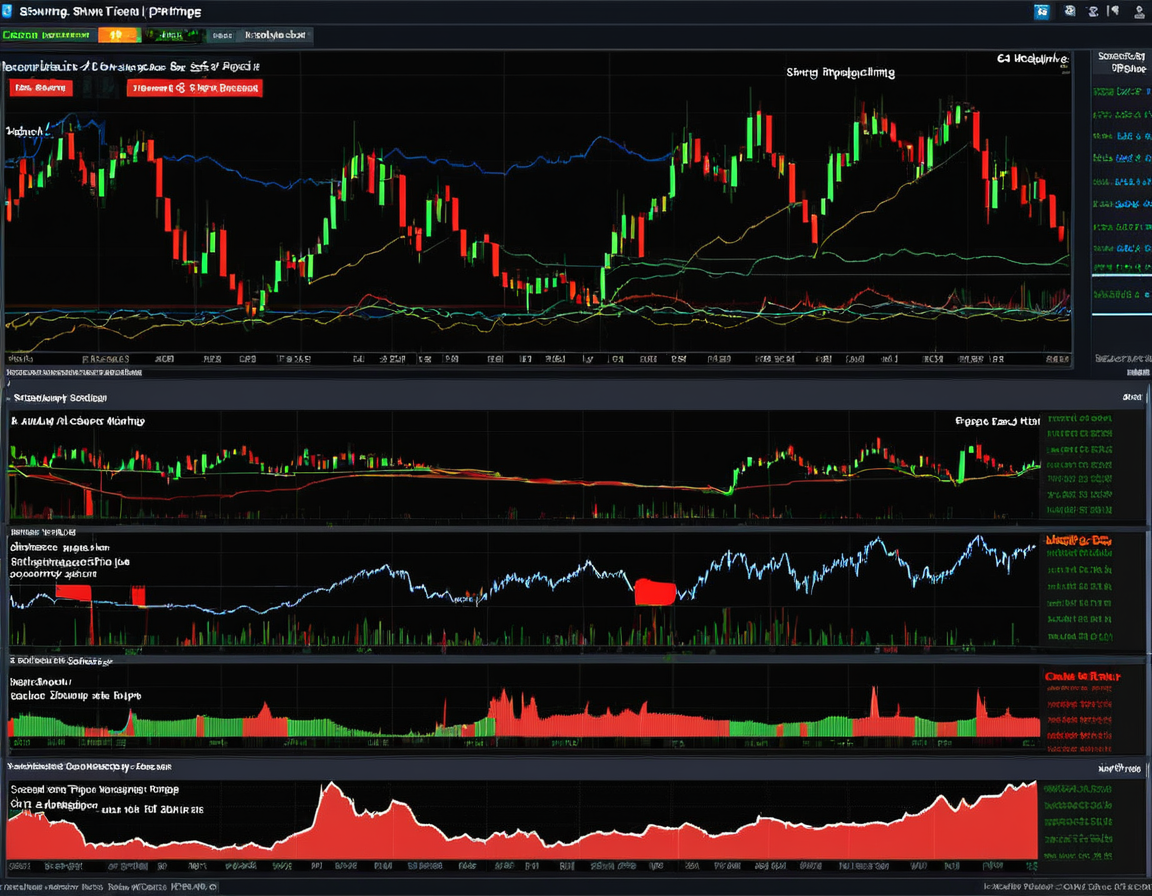Understanding Forex Leverage: How Indian Traders Can Maximize Profits
Introduction:
Forex leverage allows traders to control larger positions in the currency market than their initial investment would normally permit. This tool can significantly amplify profits but also comes with considerable risk. For Indian traders, understanding how to use leverage effectively is crucial for success in the forex market. In this blog, we’ll explain what forex leverage is, how Indian traders can use it to maximize profits, and the associated risks and regulations in 2024.
What is Forex Leverage?
Leverage in forex trading refers to the ability to control a large position in the market with a relatively small amount of capital. Essentially, leverage allows traders to borrow funds from their broker to increase their position size. The leverage ratio, such as 10:1 or 20:1, determines how much the broker will lend relative to the trader’s deposit.
Example of Forex Leverage
If a trader uses 10:1 leverage, they can control a $10,000 position with only $1,000 of their own money. While this magnifies potential profits, it also increases the risk of losses if the market moves unfavorably.
Leverage Regulations in India
In India, forex trading is heavily regulated by the Reserve Bank of India (RBI) and the Securities and Exchange Board of India (SEBI). The maximum leverage allowed for Indian traders is capped at 1:20, meaning traders can control a position that is 20 times larger than their initial margin. This cap is in place to protect traders from excessive losses that could occur with higher leverage levels.
For more information on SEBI regulations, visit the SEBI Official Website.
How Indian Traders Can Maximize Profits with Leverage
1. Trade Currency Pairs with High Liquidity
Liquidity is essential when trading with leverage because it ensures that there’s enough volume in the market to execute trades quickly and at the expected price. Indian traders should focus on major INR currency pairs such as USD/INR and EUR/INR, as these pairs tend to have high liquidity and less volatility.
2. Use Leverage with a Sound Risk Management Plan
While leverage can multiply profits, it also increases the risk of losses. Indian traders should always use a risk management plan that includes stop-loss orders and proper position sizing to protect their capital. By setting a stop-loss, traders can automatically exit the trade if the market moves against them, minimizing potential losses.
3. Monitor Market Trends and Economic Data
Leverage should only be used when traders have a clear understanding of the market. Following global economic news, central bank policies, and key market events is critical. Indian traders should pay close attention to factors affecting the Indian Rupee such as inflation, interest rates, and geopolitical developments.
Risks Associated with Forex Leverage
While leverage can amplify profits, it can also magnify losses. If the market moves against your position, you could lose more than your initial investment. That’s why it’s essential to manage leverage with caution.
1. Risk of Margin Calls
A margin call occurs when the market moves against your leveraged position, causing your account balance to drop below the required margin level. In this case, the broker will demand more funds to maintain the position or close the trade to prevent further losses.
2. Overleveraging
Overleveraging refers to using excessive leverage, which can lead to significant losses in a short period. Indian traders should avoid the temptation of maximizing leverage without a solid strategy, as this can quickly deplete trading capital.
3. Currency Volatility
The forex market is highly volatile, and currency prices can change rapidly due to economic events or political instability. Indian traders need to stay informed about global economic trends and limit their leverage during volatile market conditions.
Best Practices for Using Forex Leverage in India
1. Start with Lower Leverage Ratios
New Indian traders should start with a lower leverage ratio, such as 5:1 or 10:1, until they gain more experience. This reduces the risk of significant losses while they learn how to navigate the market.
2. Trade Small Position Sizes
Rather than risking large sums of capital with high leverage, it’s wiser to start small. Trading smaller position sizes allows you to test your strategies without risking large losses.
3. Educate Yourself Continuously
Forex markets are dynamic, and Indian traders should continuously educate themselves on new strategies, market trends, and the use of leverage. Participating in forex webinars, reading market analysis reports, and practicing on demo accounts can help improve your skills.
For more insights on market trends and forex strategies, check out this comprehensive guide on forex trading strategies.
Conclusion
Forex leverage is a powerful tool that can significantly boost profits when used wisely. For Indian traders, understanding how leverage works, managing risk carefully, and following SEBI’s guidelines are key to successful trading in 2024. By trading in liquid markets, using stop-loss orders, and starting with lower leverage, Indian investors can maximize their profits while minimizing risks.







